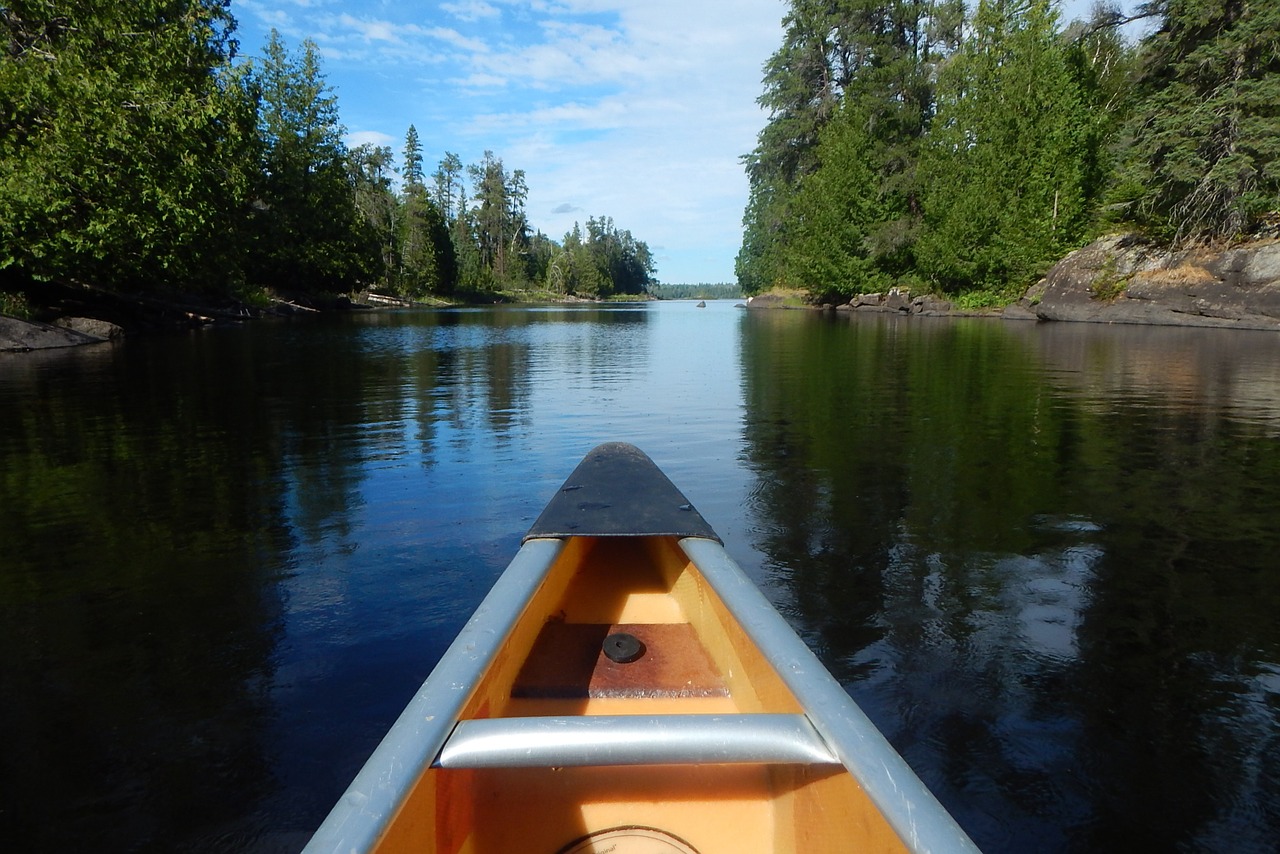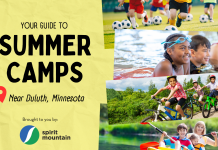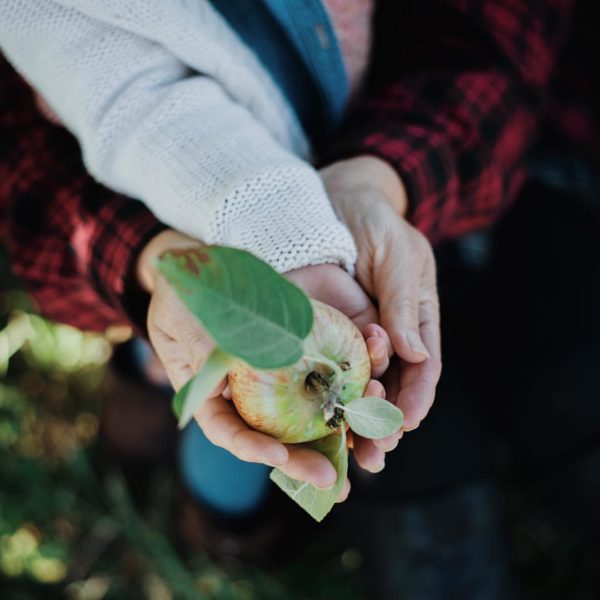 I stared at the rust-colored drawings on the wild looming rock face, the Kawishiwi River lapping gently against the green Royalex of our old, steadfast canoe. I hadn’t seen these pictographs in over ten years.
I stared at the rust-colored drawings on the wild looming rock face, the Kawishiwi River lapping gently against the green Royalex of our old, steadfast canoe. I hadn’t seen these pictographs in over ten years.
Ten years since I’d swam in these waters (hoping that nothing decided to nibble a brightly painted toe or finger); ten years since I’d jumped off the cliff I now stared up at. A decade gone by in a blink, and today, my birthday.
We’d first canoed this section of the BWCA, specifically to find the pictographs. Then, as now, the drawings inspired awe, reverence, and a bit of “I wonder who drew them? What was she or he like? What kind of materials did they use?” Seeing them again, the rock face and the drawings in the wild seemingly untouched by weather, time, industry, and human activity gave me pause.
The last time I’d been at these wild cliffs, there were no fine lines etched into my skin, there was no house that we’d built (quite literally) from the ground up waiting for us at the trip’s end, and, perhaps most notably, there were no kids in tow.
On this present day, we secured the canoe on the rocky shoreline, grabbed our lunches, and begin the five-minute climb to the top of the face. Once there we ate jerky, soft cheese, and GORP and then began exploring. To our delight, we came upon thicket after thicket of perfectly ripe wild blueberries. We settled down to pick, talking and laughing with exclamations of, “Oh, look at this patch over here!”, and “Whoa! Look at the size of this one!” Sun-warmed berries filled our mouths and bellies until we couldn’t eat anymore.
We stretched out on the lichen-edged rock, resting. I turned to my husband, Thad. “I want to jump off the cliff at that same spot; the one that we jumped off of the last time we were here.”
He looked at me, not unsupportive of the idea, though maybe mildly surprised. The July day wasn’t a warm one. “Okay, you should.”
“Okay, I will.” I didn’t move.
He poked me in the side. “So…”
I shot him a fake dirty look, “I’m going, I’m going.”
 I stood up, brushing off my shorts. Now, to find the place we’d jumped those ten long years ago. I walked along the cliff, scanning the area for the tree that we’d hung onto before making the leap.
I stood up, brushing off my shorts. Now, to find the place we’d jumped those ten long years ago. I walked along the cliff, scanning the area for the tree that we’d hung onto before making the leap.
There it was. Larger, of course, but definitely the same tree. By this time, Thad and the kids were in canoe, ready to rescue me in case something went horribly awry which was small comfort, given that we were at least 9 (or more!) hours from civilization.
I took a deep breath. My legs felt rubbery. It had been so long since I’d gone cliff jumping in the wild. I took another deep breath and began easing myself over to the tree. Once there, I looked down. The water loomed dark, rippling in the breeze. Oh yeah. I remembered exactly how I’d felt ten years ago.
I grabbed my nose with hand, my other hand still grasping the tree. Bracing myself, I jumped. Several seconds later, cold water closed over me and my ears popped in pain as I went down, down, down into the darkness. Kick, Rachel. Kick. Kick.
And then I broke the surface, spluttering, shouting, laughing.
“MOM! You did it!” Both kids grinned their widest grins at me.
———
 The rest of the trip, my husband and I pointed out our favorite notable places in the BWCA: the “naked man” campsite, the campsite where a bear made off with the last of our vittles, places where we’d hiked, the spot in the Kawishiwi River where my sister had single-handedly flipped our heretofore unflippable canoe during an evening swim… and on and on.
The rest of the trip, my husband and I pointed out our favorite notable places in the BWCA: the “naked man” campsite, the campsite where a bear made off with the last of our vittles, places where we’d hiked, the spot in the Kawishiwi River where my sister had single-handedly flipped our heretofore unflippable canoe during an evening swim… and on and on.
The kids absorbed the stories. The BWCA had served as the backdrop to much of our early marriage, and we had always taken multiple trips per summer, long and short. The stories were about us, about a life before our children were born, and anchored in a landscape that has remained essentially the same. The kids eyes grew wide. They asked the questions that kids ask. And in the telling, asking, and experiencing, these places and stories became theirs, too. The first campsite on Malberg Lake will always be the “naked man” campsite: to us, to them, and likely to their kids.
____
Our modern world is largely a “placeless” one. Locations often lack distinguishing characteristics and, given urban sprawl, they change rapidly. I note, in passing, the demolition of a structure, the building of yet another Kwik Trip, the re-routing of a highway; however, I rapidly forget the original route, the old building. It all looks and feels the same. It’s not a landscape that serves as any sort of signpost, metaphorically or otherwise.
By contrast, the wilderness remains essentially unchanged; water levels rise and fall because of prolific activity by the local beaver population; fires scorch the forest, tracing black patterns on the land. But, if you pay attention—and you must in the wild—you can always remember a rising rock face, a sharp inlet, or a rushing river. And dare I say? You remember yourself, too.










